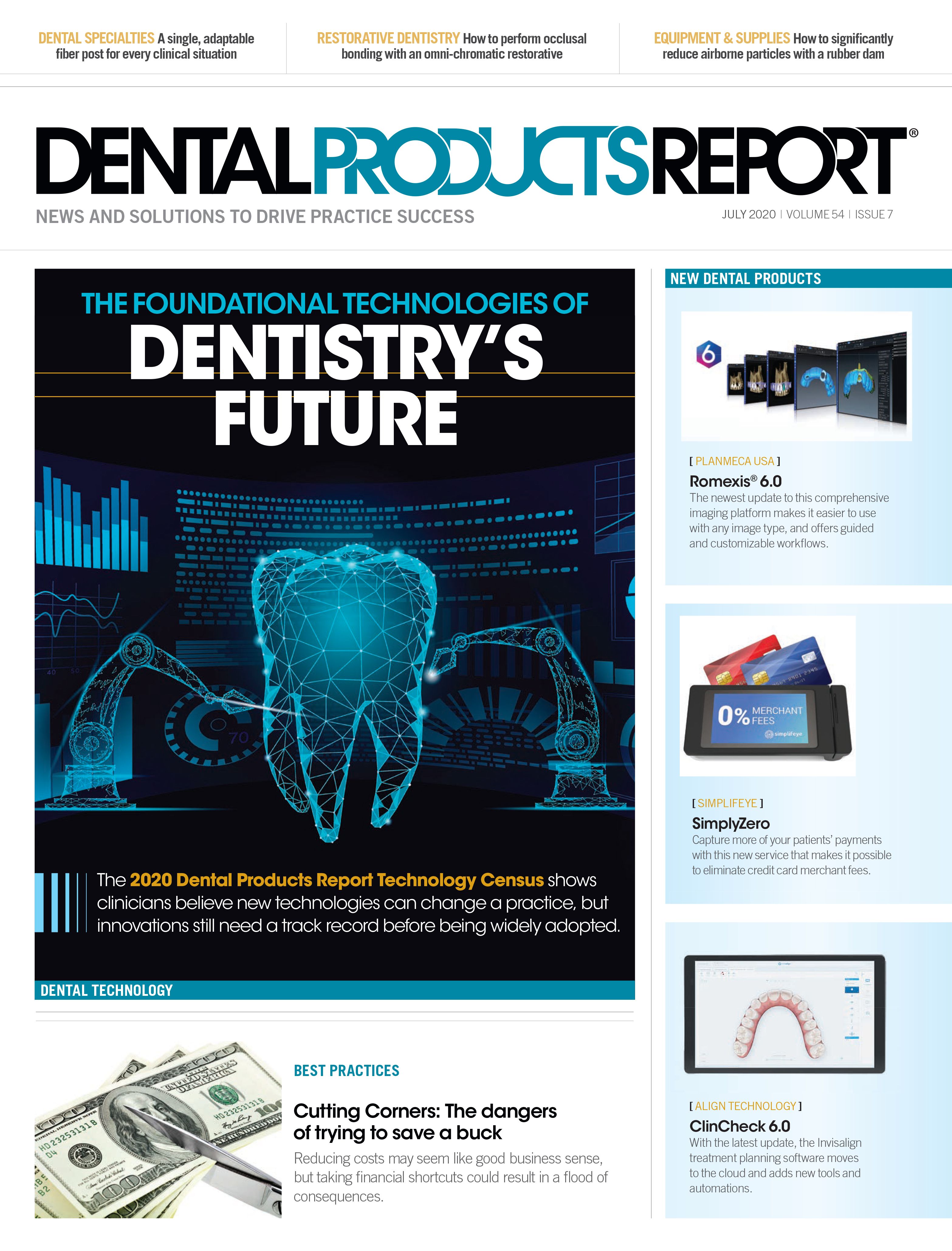Top 6 Reasons to Implement Teledentistry Now
Teledentistry is not new but it's currently experiencing great growth accelerated by COVID-19 as dentists need a means to virtually maintain contact with their patients and conduct dental emergency triage during the pandemic shut down.

Teledentistry is not new. It’s been field tested in the public health arena for more than a decade and has been slowly gaining momentum in private practice dentistry during the past several years. However, this growth was greatly accelerated by COVID-19 as dentists needed a means to virtually maintain contact with their patients and conduct dental emergency triage during the pandemic shut down. Now that most states have given dental offices the green light to provide a full scope of services, dentists have the opportunity to utilize teledentistry’s features and benefits, depending on their individual state’s regulations. Here are the top six reasons to implement teledentistry now:
1. Reduce Infection Risk
By transitioning some of your traditional in-office patient encounters into virtual consultations, you’ll mitigate the risk of infection for your team and your patients during the COVID-19 pandemic and during the annual cold and flu season. Thanks to teledentistry, patient encounters that can be easily conducted remotely are new patient onboarding, dental emergency triage, treatment plan review, specialist consultations, and oral hygiene coaching.
2. Preserve PPE
The more you can reduce the amount of times you and your team need to don and doff PPE, the more money and time you will save. What’s more, if you have implemented a PPE surcharge, your patients may be more accepting of teledentistry and virtual consultations.
3. Improve Team Collaboration
Using teledentistry, your entire care team, including those working remotely and your external specialists, can conveniently share and discuss patient data, photos, and video in synchronous (real time) or asynchronous (store and forward) mode. Virtual collaboration does not require PPE!
4. Expand Your Circle of Care
There are many people within driving distance of your practice who need oral care but find it difficult if not impossible to come to your office. These people may be home-bound because they are disabled or elderly. They may also just be starved for time and looking for convenience. Teledentistry enables hygienists to conduct remote on-site screenings and consult with a dentist when needed.
5. Get Mobile
Some dental practices are taking reason #4 a step further by using teledentistry enabled mobile units to provide a more comprehensive level of care to patients beyond their office settings.
6. Build Trust
When your patients learn that you are using teledentistry to keep them safe and to make their post-COVID dental experience less of a hassle, including emergency consultations, they will trust you more than ever. Trust and loyalty during these times is more important than ever!
